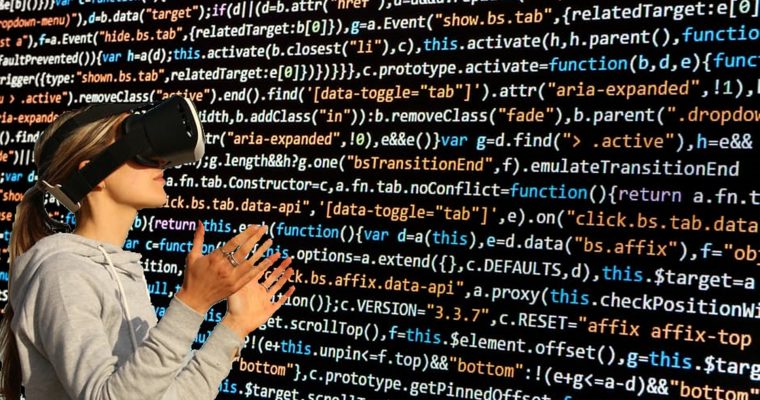Image by S. Hermann & F. Richter from Pixabay
What are AR/MR/VR trends in eLearning?
Augmented Reality is more of an interactive experience of real-life environments blended with digital elements, including haptic feedback, visual overlays, and many more.
AR might not have played a vital role in e-learning in the past, but now it’s becoming relevant. Instructors are now using it to trigger just-in-time learning.
It’s more like a game that helps to engage and motivate learners towards acquiring a new skill. It also enables learners to learn at ease without having to worry about the consequences of their actions in an unsecured environment.
Many refer to MR as AR, but there is a difference between them. Mixed Reality involves the blending of both the real and virtual world to provide a new environment that enables learners to interact with objects in real-time.
Virtual Reality is used for a 3D system-generated environment. It enables learners to become part of a virtual world to acquire real-life related skills that are particular to their needs.
To access VR content, learners need to have access to specially designed gears like a VR headset, unlike AR, which requires a clear lens. Being a part of the virtual environment enables learners to interact well with the training material. That helps to motivate and provide an immersive experience of the content.
4 AR/VR/MR trends in eLearning to incorporate for the effectiveness of training
Integration of AR, MR, and VR into your e-learning course will go a long way in helping you develop a top-notch e-learning experience for your learners. Here are some practical ways of using AR/VR/MR in e-learning.
1. Immersive gamification
Today’s learners crave for a learning experience with both engaging and interactive content. And no doubt, gamification is one of the most effective ways of creating these interactive experiences.
However, with the introduction of AR, MR, and VR technologies, instructors and SMEs can develop an immersive learning experience for their learners through gamification. These reality technologies enable learners to earn and hold tangible rewards in their hands.
2. Learning analytics
Before now, the source of generating learning analytics has been through a learning management system LMS. But with AR/MR/VR trends in e-learning, there’s been an advance in data analysis.
It’s now easier to get data about your learners on their behavior about a specific course. For instance, you can track your learners’ performance and use the data to deliver a curriculum that addresses learners’ weaknesses.
3. eLearning simulation
The scope behind reality technologies is to take learners out of the real-world and immerse them in a virtual situation. One of AR/MR/VR trends is teaching skills through e-learning simulation.
By using VR and AR in your online training, learners tend to get empowered to practice and do something that might be expensive or hard to perform in real-life. That helps them to build confidence towards a real-life task, and enable them to retain knowledge.
For instance, a chemical industry trying to train their employees on safety measures. Setting up a virtual environment and allowing your employees to interact with safety materials is essential.
Learners get to acquire the necessary training when you simulate safety scenarios and how they scale through. In this way, the VR and MR help to mitigate the risk of chemical spillage and workplace injuries for your learners.
4. e-learning assessment
Another AR/VR/MR trends in eLearning is through online training assessment. These technologies encourage the use of online simulations and branching scenarios to boost evaluation.
Virtual reality software enables recording of learners’ performance, which helps learners to recheck their performance and make necessary improvements. That’s great, especially when learners fail a vital part of a test.
They can quickly check to know the right way to approach the region, which will help them while retaking the assessment.
AR/VR/MR trends in e-learning have brought about positive impacts on the learning experience. While these technologies are vital, there’s also a need for you to get more familiar with them to know about their flip side.
That’ll enable you to make critical decisions on whether they are required for your organization.







